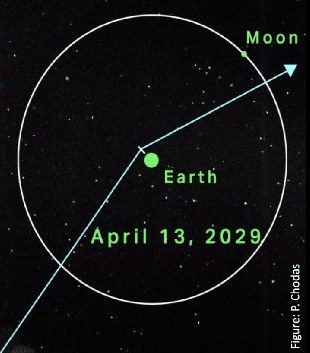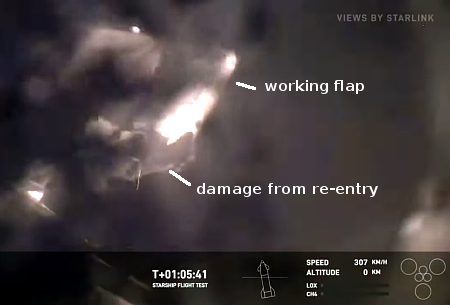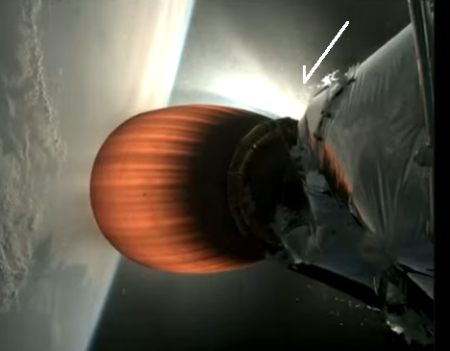Layered Martian mesa inside crater
Cool image time! The picture to the right, cropped, reduced, and enhanced to post here, was taken on May 14, 2024 by the high resolution camera on Mars Reconnaissance Orbiter (MRO). It shows what the scientists label as a “layered butte inside small crater.”
The crater is only about 1.8 miles across, and is only a couple of hundred feet deep, at the most. Because this crater sits on a large slope rising to the southwest, the mesa’s peak is actually about thirty feet higher than the crater’s northern rim, but is still below the southern rim by about 70 feet.
A close look at the mesa’s slopes suggests about a dozen obvious layers, though based on data from the rovers Curiosity and Perseverance, those obvious layers are probably divided into many hundreds of thinner layers in between.
What caused these layers? And how did such a small crater get such a relatively large mesa in its center? As always, the overview map provides some clues, but as always it does not provide a definitive answer.
» Read more
Cool image time! The picture to the right, cropped, reduced, and enhanced to post here, was taken on May 14, 2024 by the high resolution camera on Mars Reconnaissance Orbiter (MRO). It shows what the scientists label as a “layered butte inside small crater.”
The crater is only about 1.8 miles across, and is only a couple of hundred feet deep, at the most. Because this crater sits on a large slope rising to the southwest, the mesa’s peak is actually about thirty feet higher than the crater’s northern rim, but is still below the southern rim by about 70 feet.
A close look at the mesa’s slopes suggests about a dozen obvious layers, though based on data from the rovers Curiosity and Perseverance, those obvious layers are probably divided into many hundreds of thinner layers in between.
What caused these layers? And how did such a small crater get such a relatively large mesa in its center? As always, the overview map provides some clues, but as always it does not provide a definitive answer.
» Read more














